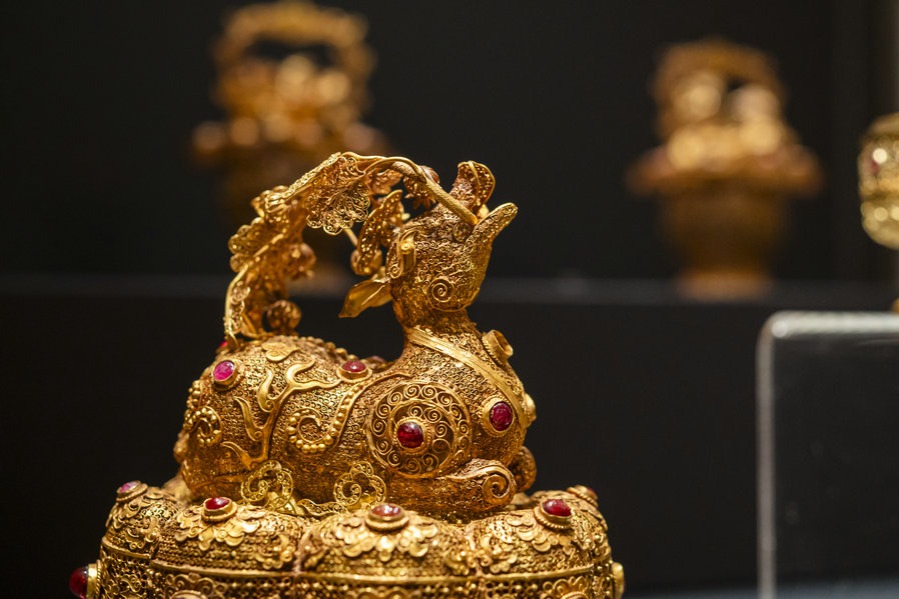Preserving green heritage


Many of the examples of China's agricultural heritage, which are showcased, are well-known.
For instance, the Honghe Hani Rice Terraces, which have been a UNESCO World Heritage site since 2013.
This agricultural system, which dates back 1,300 years in areas inhabited by the Hani ethnic group in Yunnan province, shows how local people overcame tough natural conditions to make full use of their scarce resources.
People living by the West Lake in Hangzhou, the capital of Zhejiang province and also a UNESCO World Heritage site, have grown world famous Longjing Tea for 1,000 years, and have a system of planting that produces one of the best Chinese tea varieties.
Speaking about the benefits of preserving the agricultural heritage, Liu says: "As China makes efforts to revitalize its rural areas, the old traditions can play a pivotal role."
Another display shows how Qingtian county in Zhejiang province has a system which enables fish to be raised in watered rice fields.
In Aohan banner (a county-level region) in the Inner Mongolia autonomous region, farmers grow millet the same way that they have been doing for thousands of years.
Archaeological discoveries show that the local people began to grow millet, almost 8,000 years ago, the earliest known cultivation of the cereal crop in the world.
One of the discoveries shows how Turpan, in the Xinjiang Uygur autonomous region, had an underground channel called karez dating back 2,000 years that was used for irrigation in the arid region.
"All these agricultural systems are examples of how the Chinese sought harmony between heaven and earth, as advocated in (their) philosophy," says Dai Jun, a supervisor from the Ministry of Agriculture and Rural Affairs.
"Many popular modern ideas, like organic food, can also trace their roots to such ancient practices," he says.
One of the displays showcases rice fields in the west of Beijing, that have been in existence for over 300 years.
In imperial times, the fields were a key source of food for the royal families in the capital city. Now, at just 1.3 square kilometers, the field is still cultivated.





































